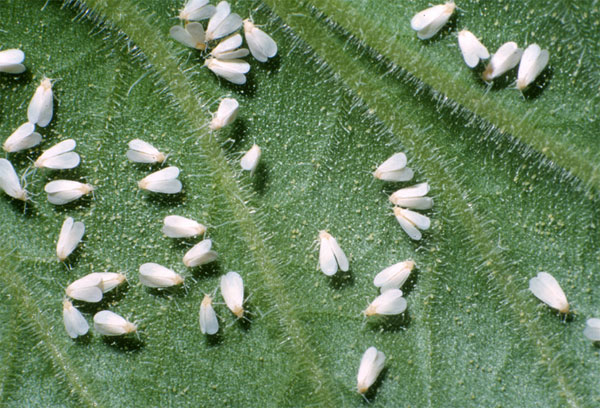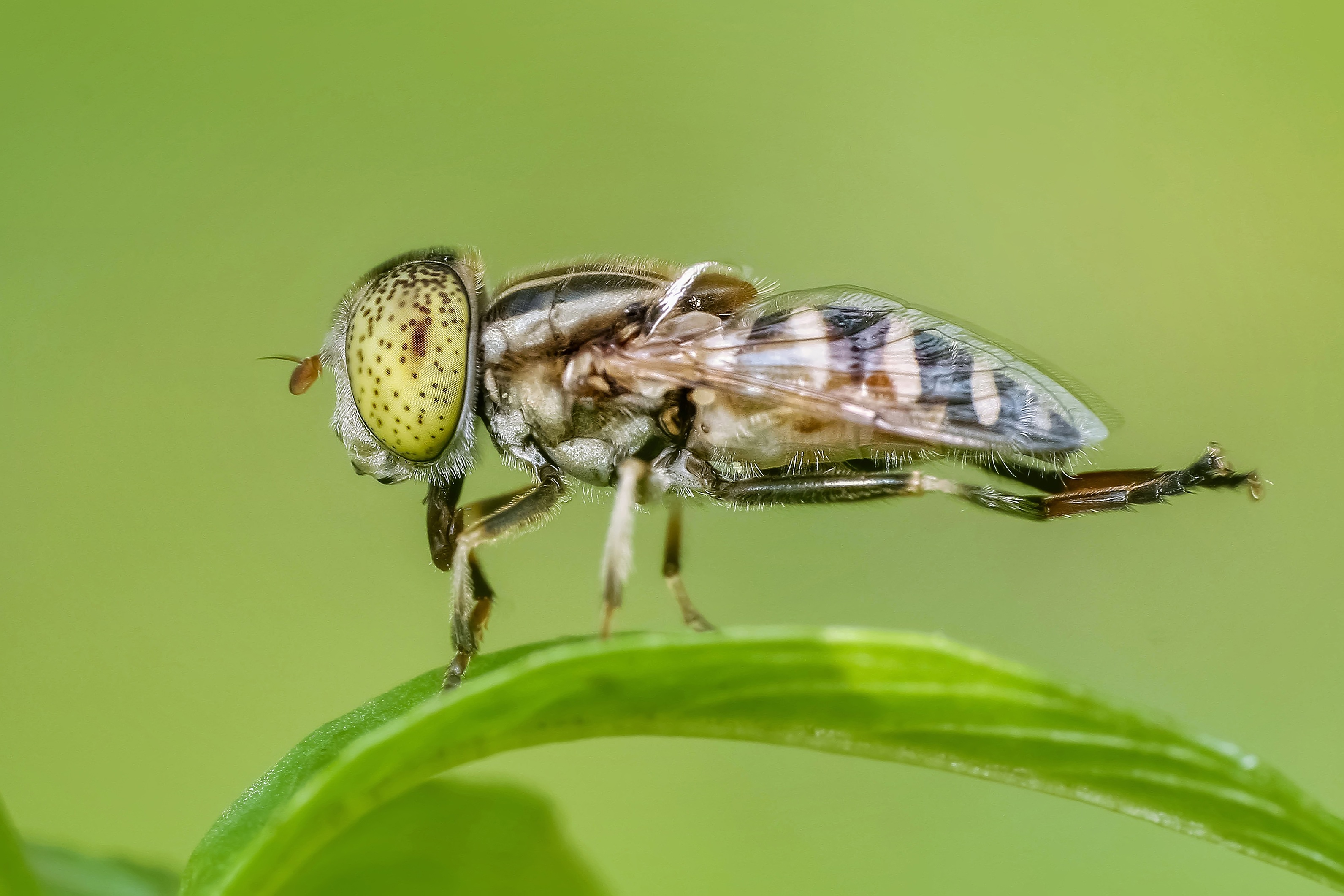In this series of articles, Growers Network talks about a few of the most common Cannabis diseases you need to watch out for. Today’s topic: Powdery Mildew

Plant diseases are a major headache in any grow operation and Cannabis has no shortage of diseases. So for today’s disease profile we’re going to discuss Powdery Mildew, a disease you may find yourself dealing with in your grow.
Quick Look:
- Common Name: Powdery Mildew
- Scientific Name: Various
- Symptoms: White dusty coating on leaves, stems, and flowers
- Caused by: Fungus
- Timing: Spring onward
Powdery Mildew

What is it?
Powdery Mildew is a fungus that reproduces rapidly and eats plant matter. Powdery mildew thrives when the ambient humidity is high and there is little to no airflow. It is relatively easy to treat if swift action is taken, but inaction will lead to crop loss.
What to look for
Unlike some Cannabis ailments, powdery mildew is relatively easy to spot. What you’ll notice are white patches of fungal growth on your leaves, stems, and buds. Some species can be harder to detect as the fungus primarily affects the underside of leaves.
How to Treat/Prevent
Non-Chemical Control
To combat powdery mildew without chemicals, growers should make sure to control humidity wherever possible. Additionally, keeping your plants stress-free can reduce susceptibility to Powdery Mildew. Growers should destroy all infected plant material to help prevent reinfestation. Lastly, early pruning of infected sites can greatly reduce the chance of an infestation.
Related Article: Dehumidification: It’s All About the Dewpoint
Chemical Control
There are a variety fungicides available for treatment of powdery mildew. However, caution should be taken in both product selection as well as application since Cannabis is a consumable crop. That said, there are a variety of products that combat fungal growth and spores with little to no chemical residue when used appropriately.
Disclaimer: The previously mentioned chemical methods of control are suggestions only and not endorsements. Make sure you are aware of the laws regarding pesticide use in your jurisdiction. Growers Network DOES NOT advocate breaking any laws.
One Other Thing
Any buds or flower that were infected by powdery mildew should not be sold for consumption or consumed. They should be disposed of immediately. Smoking contaminated product can lead to very serious health risks, so DON’T DO IT.
So now you know a bit about Powdery Mildew and what you can do to prevent it from ruining your grow. Have additional questions about powdery mildew? You should join our forum where you can post pics and ask our expert community about this topic or any other!
Happy Growing!
10 Best Gift Ideas for Cannabis Connoisseurs and Growing Aficionados (2022)
December 7, 2022Developing and Optimizing a Cannabis Cultivation System
December 14, 2021Dealing with Insomnia: How Can CBD Help?
December 10, 2020Your Guide to Sleep and CBD
December 7, 2020
Do you want to receive the next Grower's Spotlight as soon as it's available? Sign up below!

Do you have any questions or comments?

About the Author
Chris DeWildt is a graduate of Grand Valley State University and Western Kentucky University. He worked in education and publishing for ten years before joining the team at Growers Network.









